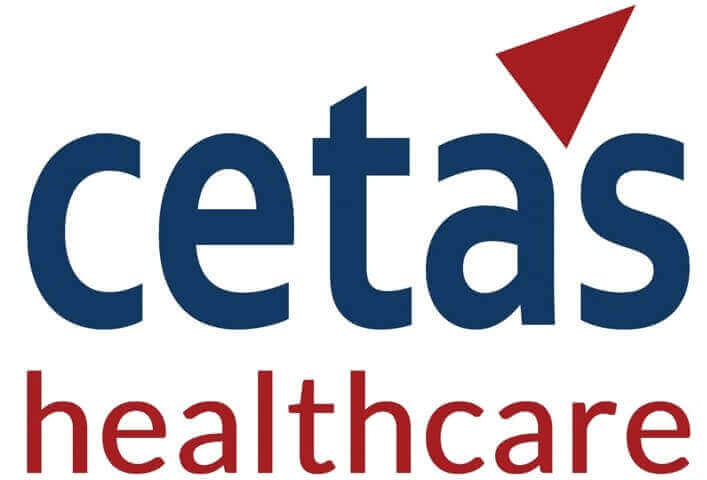X
As we navigate through critical regulatory milestones in the medical device industry, it is essential for manufacturers to fully understand the impact and requirements of the EU Medical Device Regulation (MDR). With pivotal compliance milestones having been in effect since May 2021 for medical devices and May 2022 for in vitro diagnostic medical devices (IVDR), the focus now shifts to ongoing compliance and adapting to these extensive regulatory frameworks. This guide simplifies the crucial timelines and extended transition periods under the MDR.
These extensions are conditional, requiring manufacturers to comply with existing directives until they can fully transition to the MDR or IVDR frameworks.
Manufacturers must prepare a comprehensive compliance package that includes:
It’s crucial for manufacturers to verify that their Notified Body is designated under the MDR, as any changes in the manufacturer or device specifications might impact the device’s compliance status.
While there is no fixed deadline of September 2024 for establishing a quality management system, it is a continuous requirement under the MDR. Manufacturers should already have robust systems in place and must keep these systems updated to adapt to any new regulatory changes.
Staying compliant with the MDR requires a proactive approach. Manufacturers must continually assess their compliance status, engage with Notified Bodies, and ensure that all necessary documentation and systems are robustly maintained. To manage these complex requirements, partnering with experienced regulatory specialists can be highly beneficial. Cetas Healthcare offers comprehensive Clinical, Regulatory, and QMS services to support manufacturers during the EU MDR transition. For further assistance, visit our Clinical & Regulatory Service Page.


We provide the best insights for your business
